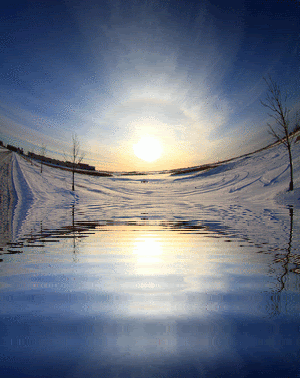I was so lucky to be able to get the above image Wednesday April 2nd. the night before the International Space Station and the Automated Transfer Vehicle docked. Very cool to see the little ATV follow behind the big bright ISS the length of the sky, like a baby duckling following it's mother, very cute, I mean not kitten playing with a ball of string cute, but space cute. Cute isn't word I throw around lightly on this blog, this blog is about space stuff, space is one of the harshest environments known to humankind, not cute.

The ATV docked with the ISS Thursday April 3rd at 10:45 am EDT. The Automated Transfer Vehicle, Jules Verne, named after the science fiction writer carries important cargo to the station such as water, scientific equipment, oxygen, nitrogen and propellant. Jules Verne will be docked with the ISS for 6 months allowing the crew to unload it's cargo then reload the vehicle with the station's waste products. Just before the ATV leaves it will fire it's thrusters to push the ISS into a higher orbit, detach and then fire it's thrusters once again to put it into a de-orbit for a controlled destructive re-entry over the Pacific Ocean. The docking procedure was fully automated, the ATV is guided by lasers, that's right lasers to guide it to the docking port, anything that uses lasers to guide it is too cool. I get so excited when I talk about stuff like the ATV, Shuttle and the ISS, people we have different countries working together for a common good to do hard science, so that instead of flying by the stars of the Big Dipper so to speak, we can one day fly to.

The ATV docked with the ISS Thursday April 3rd at 10:45 am EDT. The Automated Transfer Vehicle, Jules Verne, named after the science fiction writer carries important cargo to the station such as water, scientific equipment, oxygen, nitrogen and propellant. Jules Verne will be docked with the ISS for 6 months allowing the crew to unload it's cargo then reload the vehicle with the station's waste products. Just before the ATV leaves it will fire it's thrusters to push the ISS into a higher orbit, detach and then fire it's thrusters once again to put it into a de-orbit for a controlled destructive re-entry over the Pacific Ocean. The docking procedure was fully automated, the ATV is guided by lasers, that's right lasers to guide it to the docking port, anything that uses lasers to guide it is too cool. I get so excited when I talk about stuff like the ATV, Shuttle and the ISS, people we have different countries working together for a common good to do hard science, so that instead of flying by the stars of the Big Dipper so to speak, we can one day fly to.
Jules Verne is the first of at least seven ATVs planned for the ISS. The ATV was developed by the European Space Agency over 10 years at a cost of 1.9 billion dollars for an exchange of astronaut slots in the upcoming ISS crews. The ATV class cargo ship can carry up to 3 times the amount of payload as the current station service vehicles the Russian Soyuz and Progress spacecraft.

Get ready for a beautiful conjunction/occultation of the crescent Moon complete with earthshine and the Pleiades star cluster this coming Tuesday April 8th. Look to the west just after Sunset for the stunning gathering, hopefully I'll have clear skies to take some pics. I'll leave you now with a clip I put together of the ATV following the ISS the night of April 2nd.




